Auxins are a powerful growth hormone produced naturally by plants. They are found in shoot and root tips and promote cell division, stem and root growth. They can also drastically affect plant orientation by promoting cell division to one side of the plant in response to sunlight and gravity.
Auxins Have Four Key Effects on Plant Growth:
Stimulating shoot elongation – Auxins positively influence gibberlins that promote cell elongation. This increases plant length. Essentially, gibberlins and thereby auxins, increase the distance between nodes, spacing the branch points further apart.
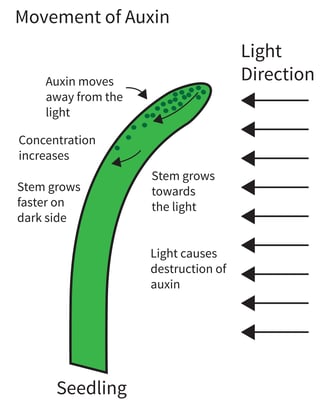 Controlling seedling orientation – It was the infamous Charles Darwin and his son Francis who first noticed that seedlings bend toward the light. However, whether a new shoot grows into the soil or towards light, depends on where auxins are located and how they influence cells within the plant. Auxins will move downward due to gravity and laterally, away from light. Cells grow more in areas of the plant where auxins are highly concentrated.
Controlling seedling orientation – It was the infamous Charles Darwin and his son Francis who first noticed that seedlings bend toward the light. However, whether a new shoot grows into the soil or towards light, depends on where auxins are located and how they influence cells within the plant. Auxins will move downward due to gravity and laterally, away from light. Cells grow more in areas of the plant where auxins are highly concentrated.
Stimulating root branching – When an auxin is applied to a cut stem, the stem will initiate roots at the cut.
Promoting fruit development – Auxins in the flower promote maturation of the ovary wall and promote steps in the full development of the fruit.
Auxins can be produced naturally (by the plant) or synthetically (in a lab). When produced synthetically, they can be used in high concentrations as a pesticide, causing drastic growth. The herbicide, 2-4-D, is an example of an auxin-based pesticide, specifically engineered to cause dicots (plants like dandelions) to grow quickly and uncontrollably, ultimately killing the plant.
Healthy Plant Roots, Healthy Plant Growth
The roots to the plant function like the foundation of a house. The stronger the root system, the stronger the plant and the more likely that plant can overcome environmental stress. But, often as we plan our our fertilizer programs, we forget about the importance of roots! As the saying goes, roots are out of sight and out of mind.
Check our our FREE Ebook to learn:
1. The importance of root systems in turfgrass
2. How to build strong, web-like root systems
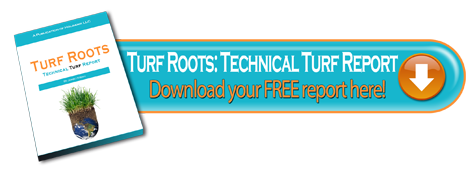
 |
May 5, 2016
|
6:53 PM
|
May 5, 2016
|
6:53 PM


 Controlling seedling orientation
Controlling seedling orientation
-2.jpg)
-1.jpg)
-2.jpg)
.jpg)

.jpg)
.webp)
-1%20(1).webp)
-831535-2.webp)

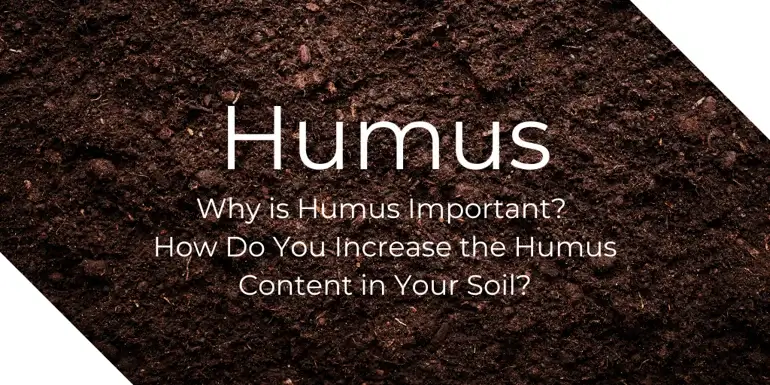
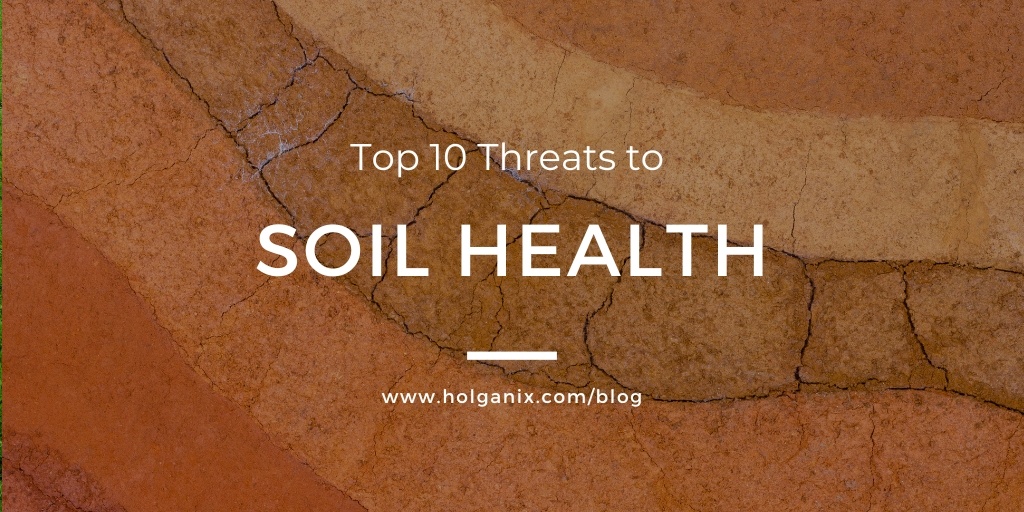

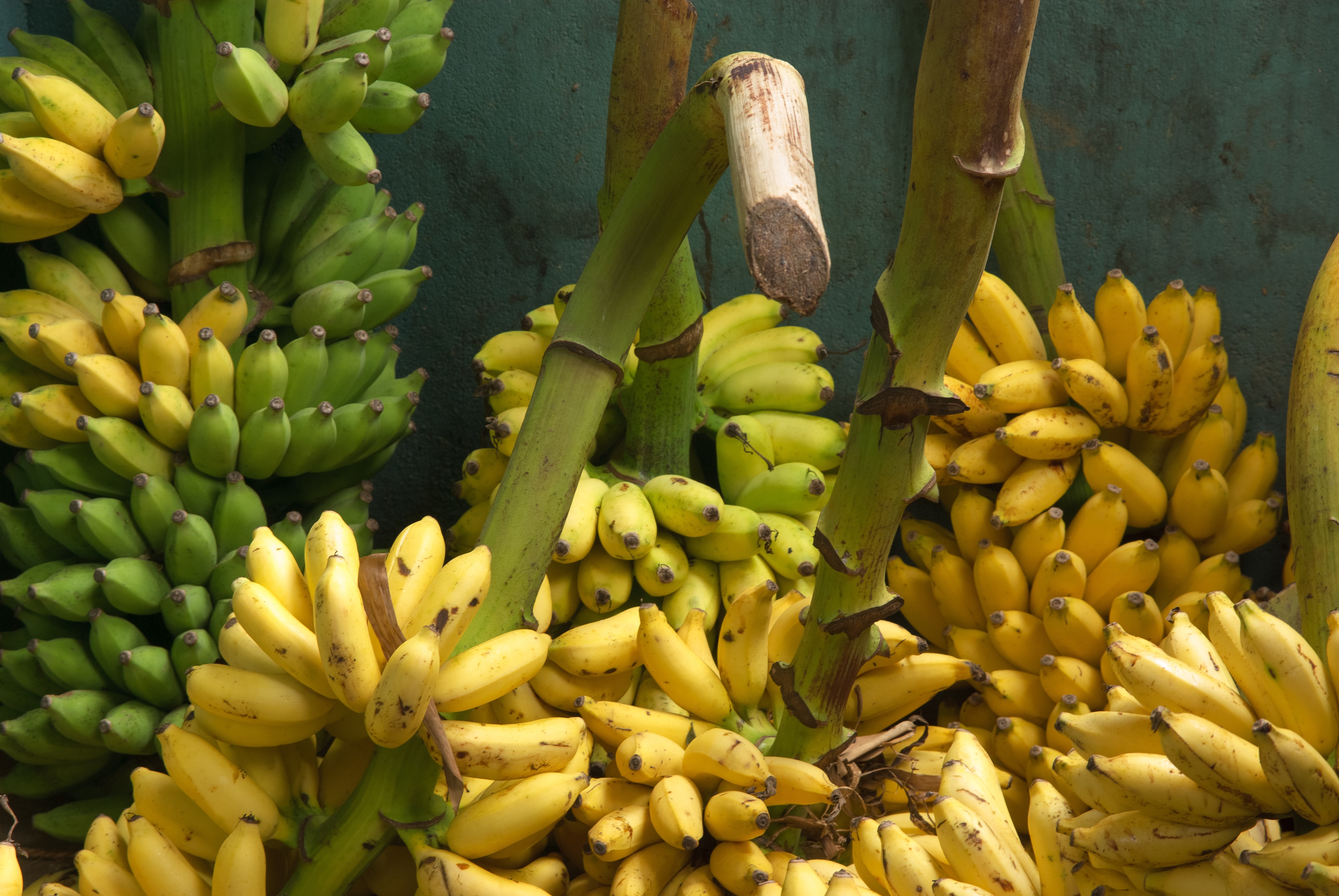
-3.png)